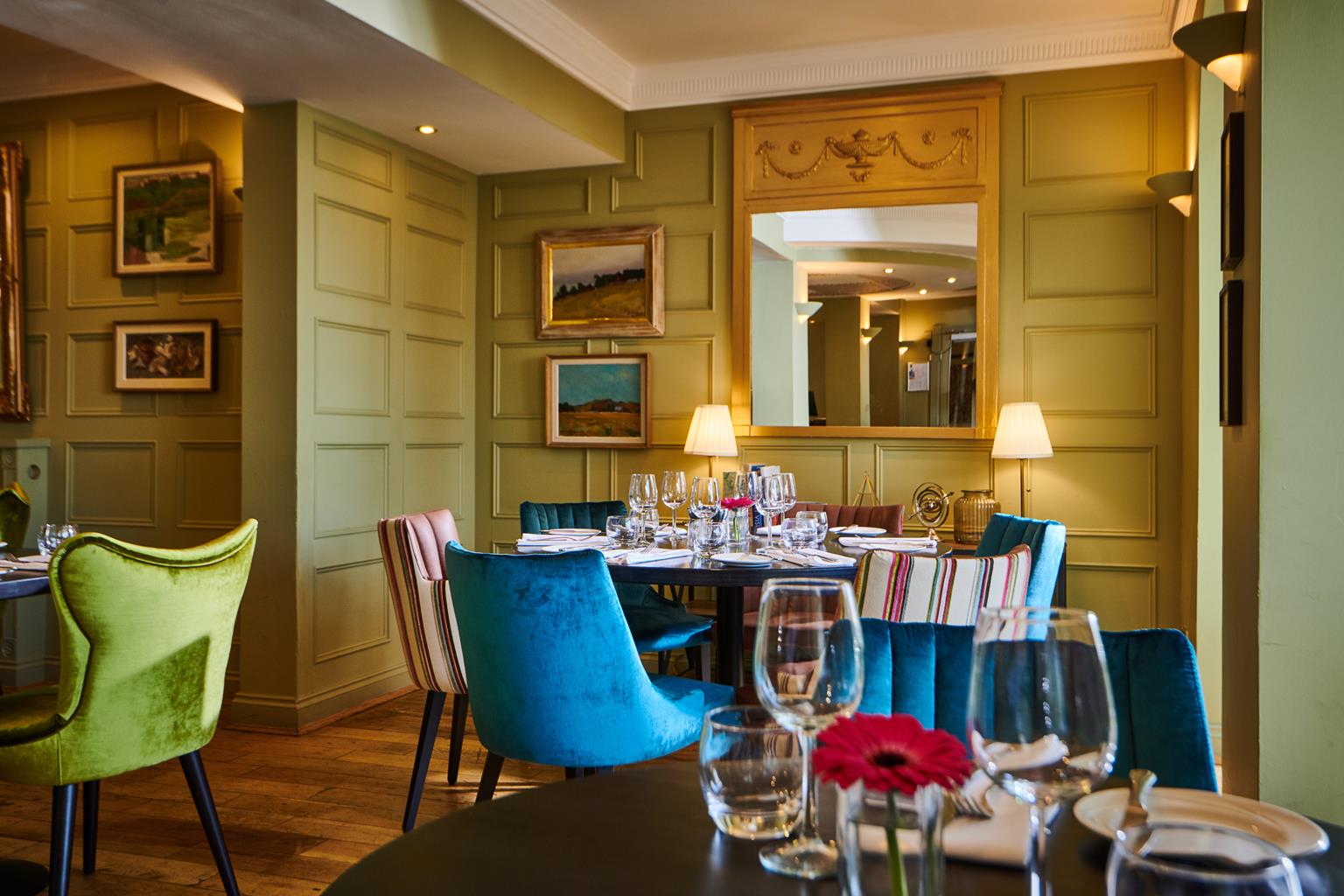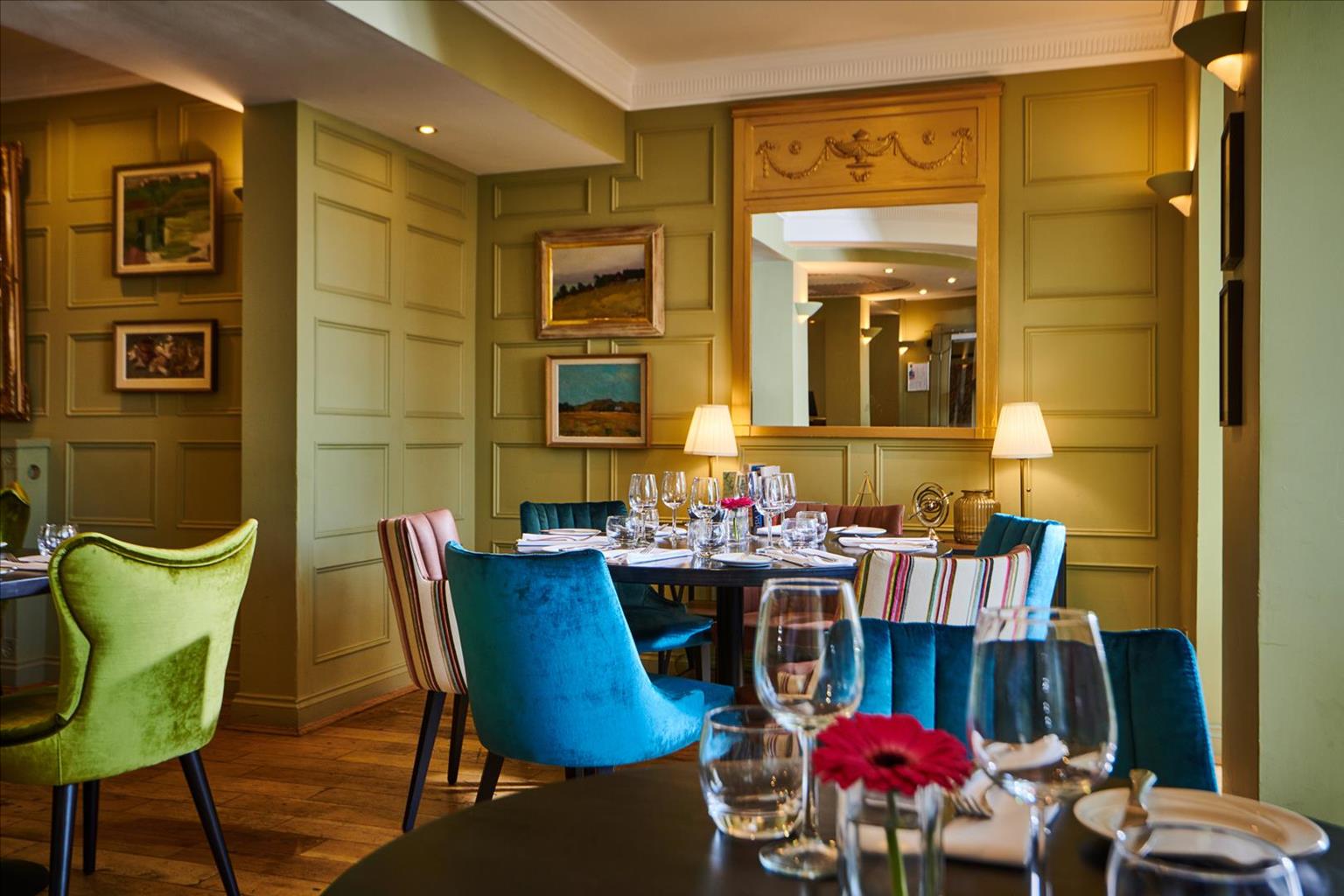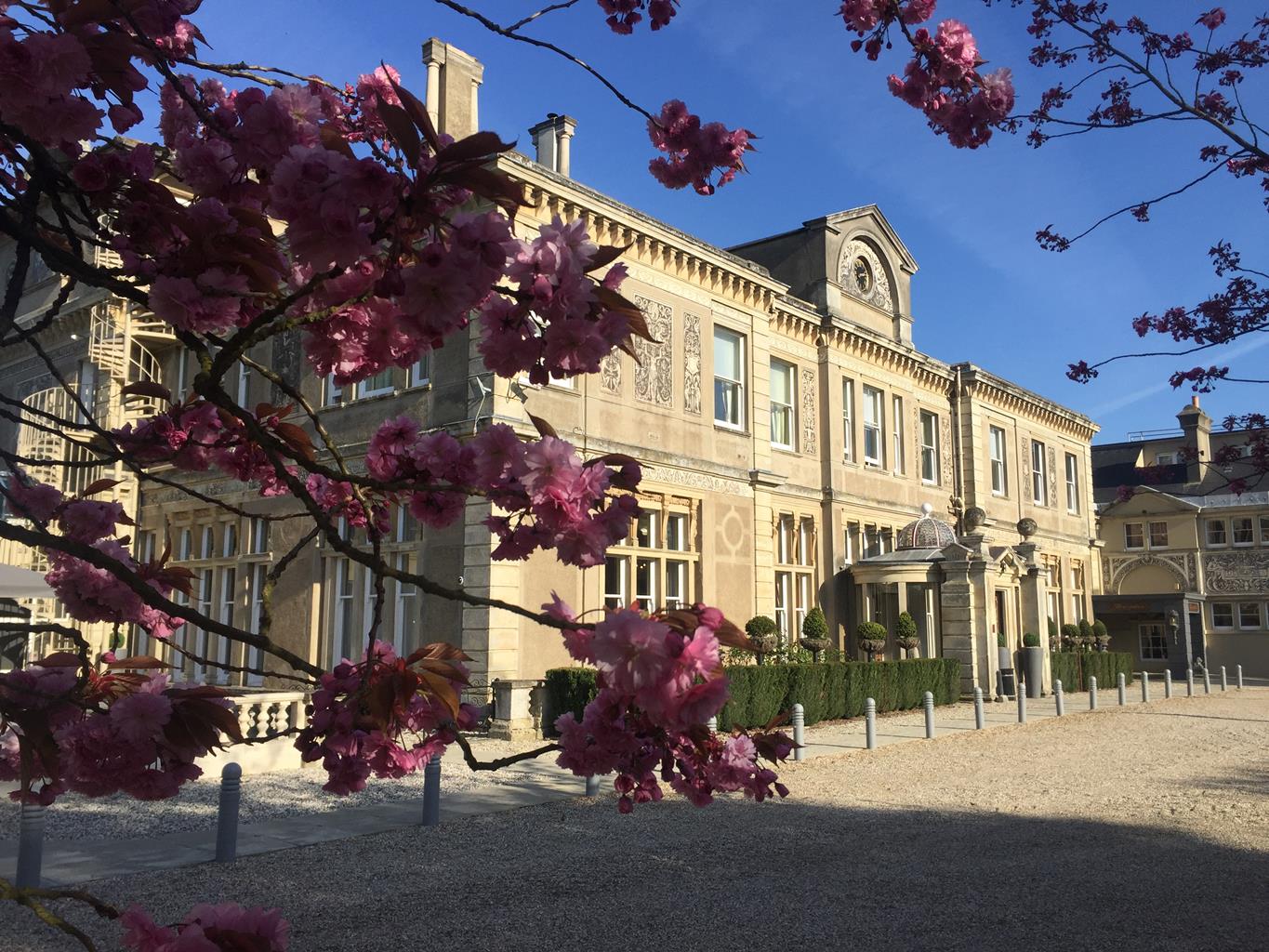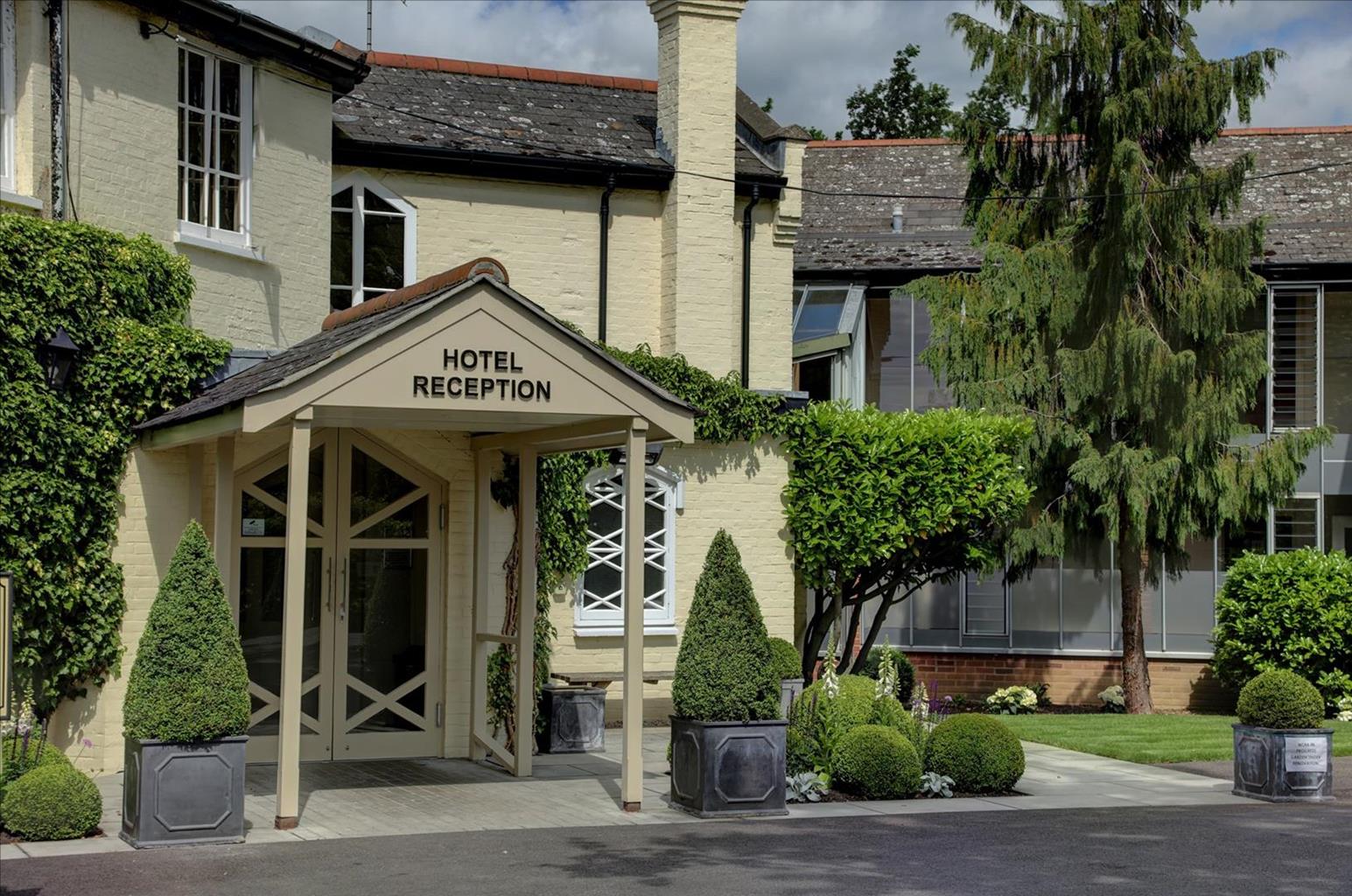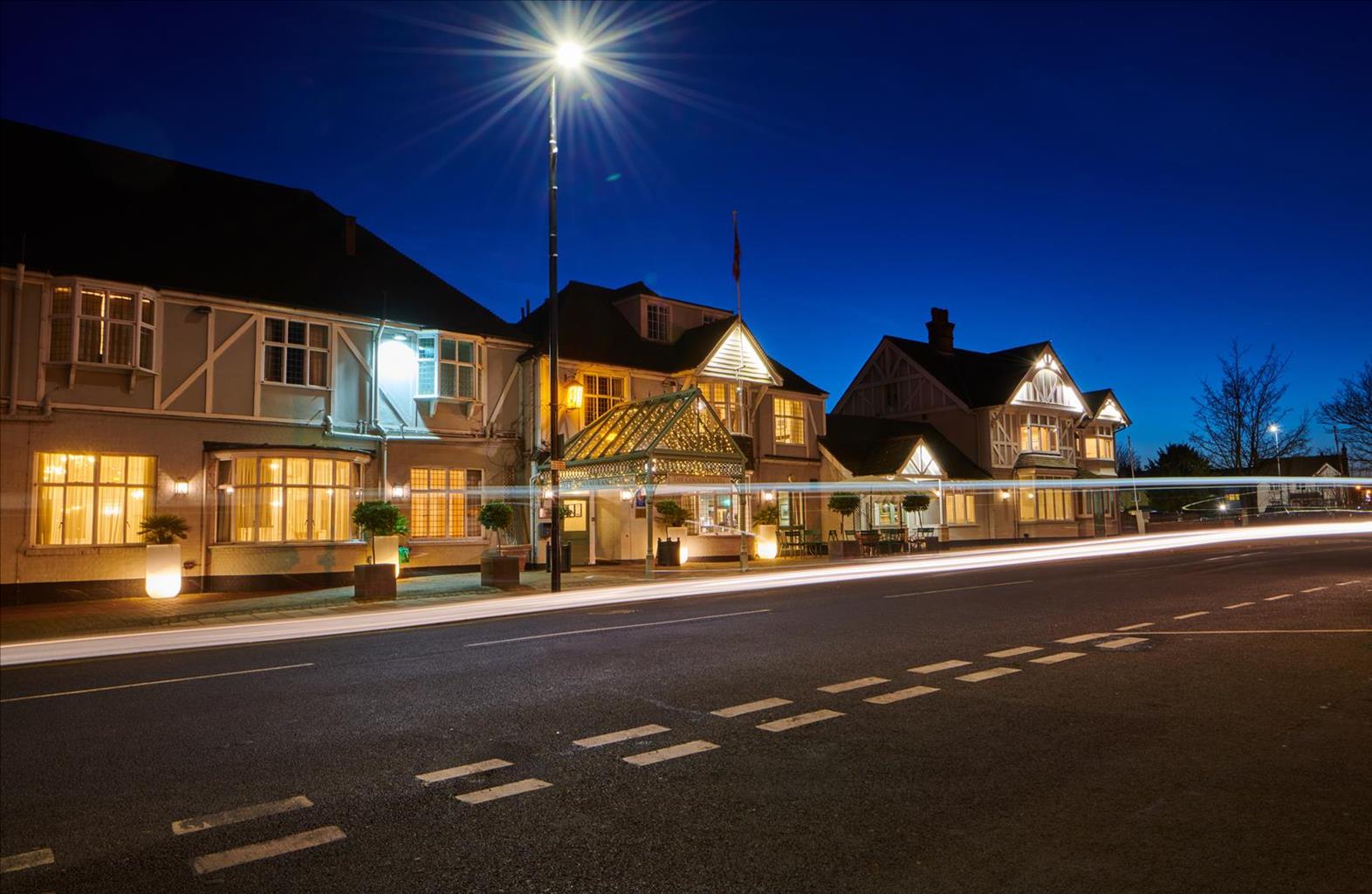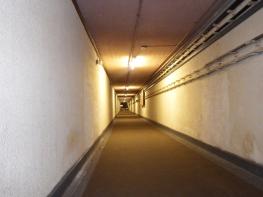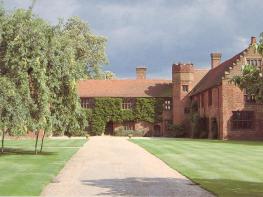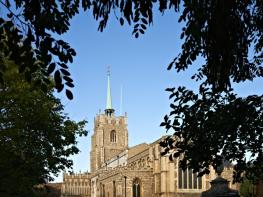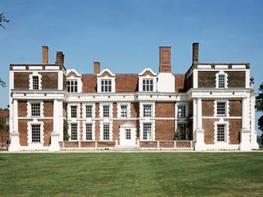This imposing country house hotel is set in 100 acres of mature grounds in a peaceful location…
Willingale – a tiny parish with two churches

An easy stroll along the Essex Way includes one of the county's most rural villages.
3.75 miles (6kms)
About the walk
So tiny is the peaceful and picturesque village of Willingale in central Essex, that if you blink you’ll miss it. Its cottages and houses are spread out over quite a large area, and the focal point of the village, its two churches – St Andrew’s and St Christopher’s – are unique in Essex as they share the same churchyard.
Sibling rivalry
There are many myths to explain how this came about, and one tale, now part of village folklore, tells of an argument between two sisters which resulted in each deciding to build her own church. It’s an entertaining story, but as St Christopher’s was built 200 years after St Andrew’s, one of the quarrelling sisters must surely have discovered the key to longevity.
A tale of two parishes
A more likely explanation for the twin churches lies in the names of the two parishes, Willingale Spain and Willingale Doe. In the 12th century Hervey d’Espania built Spains Hall and the church in Willingale Spain, and also gave his name to the parish. Then, in the 14th century, at a time when the wool industry was expanding, the d’Ou family settled in Willingale. Workers were attracted to the area and St Andrew’s simply couldn’t cope with the population explosion. The d’Ou family built St Christopher’s Church on the site of the already consecrated land, and this is probably where the name Willingale Doe originates.
Until 1929 each church had its own parish priest and congregation. Today they come under one parish and the churchyard is separated by the Essex Way, a long distance path which stretches across Essex from Epping in the southwest to Harwich in the northeast. The churches are well worth visiting, and if you stroll through the churchyard you are in for a treat, with magnificent views across the Roding Valley.
An American air base
During World War II Willingale buzzed with the sound of aircraft from the 387th Bombardment Division of the United States Army Air Force (USAAF). Officers were based at nearby Willingale Airfield, now abandoned; St Andrew’s Church offered solace in the form of prayer and hope, while The Bell public house, across the road, provided many a pint. With just over 500 people in the village and two pubs in which to socialise, Willingale was and still is, a pint-sized parish. But these days the village is distinctly ‘dry’ as The Bell and the Maltsers Arms are now private residences.
Walk directions
With your back to the village hall, turn right, following the road around to the left. Turn right at the footpath sign by the former village school, now a private residence. At the end of the gardens, keep ahead to the right of a hedge and follow the grassy path as it curves right, to reach Dukes Lane. To your left are panoramic views of the Roding Valley.
Turn left into Dukes Lane, and after passing a house called McKerros look out for where you turn right at a public footpath sign. Walk up the embankment and maintain direction along the field-edge path with the stream on your right for about 400yds (366m). At a hedge gap and fingerpost on the right, turn left along an uphill cross-field path, go over a plank footbridge by a hedge gap. Cross another field, a further footbridge and maintain direction along the left edge of the field until you reach a track.
Turn right on to the bridleway, pass Elm Cottage and its immaculate gardens and continue for 1 mile (1.6km), ignoring a pair of footbridges. At the T-junction turn right along a track, and at the next T-junction turn left and then right at the waymarked post to join the Essex Way. Follow this wide byway south, passing Windmill Farm on your left to reach Shellow Road.
Cross the road and continue along the Essex Way, with views of Shellow Hall to your left. After 300yds (274m), cross a plank footbridge, turn right and later left, keeping the hedgerow to your right. After another 100yds (91m), turn right through the gap in the hedge, then continue with the hedgerow on your left.
In front of the cottages at Spains Wood, cross the footbridge over the ditch and turn right, continuing along the Essex Way. After an earth bridge, maintain direction, keeping the hedgerow on your left. Follow the path through the cricket field towards its far left corner. The path becomes enclosed before reaching the lane in Willingale. The Essex Way continues past The Bell on your right (now a private house) and crosses the churchyard between St Christopher's and St Andrew's churches. After exploring the churches and churchyard with its magnificent views, retrace your steps to The Street, which becomes Beech Road, and return to the village hall car park.
Additional information
Field-edge paths, riverside meadows and green lane
Rolling countryside, arable farmland and river
Should be on lead for most of walk
OS Explorer 183 Chelmsford & The Rodings, Maldon & Witham
Free car park at Willingale Village Hall, The Street
None on route
WALKING IN SAFETY
Read our tips to look after yourself and the environment when following this walk.
Find out more
Also in the area
About the area
Discover Essex
Essex is full of pleasant surprises. It has the largest coastline of any county in England, with its fair share of castles, royal connections and scenic valleys. Take Colchester, for example, which was built by the Romans and is Britain’s oldest recorded town. Its castle contains the country’s largest Norman keep and yet, a stone’s throw from here, East Anglia’s newest arts centre promises to put Colchester firmly on the map as Essex’s capital of culture.
Tidal estuaries are plentiful and their mudflats offer migrating birds a winter feeding place. Essex was known as the land of the East Saxons and for centuries people from all over Europe settled here, each wave leaving its own distinctive cultural and social mark on the landscape. Walking a little off the beaten track will lead you to the rural retreats of deepest Essex, while all over the county there are ancient monuments to explore:
- the great Waltham Abbey
- Greensted, thought to be the oldest wooden church in the world
- the delightful village of Pleshey has one of the finest examples of a former motte-and-bailey castle
- Hedingham Castle, magnificently preserved and dating from the 11th century.
Nearby stays
Restaurants and Pubs
Nearby experiences
Recommended things to do
Why choose Rated Trips?
Your trusted guide to rated places across the UK
The best coverage
Discover more than 15,000 professionally rated places to stay, eat and visit from across the UK and Ireland.
Quality assured
Choose a place to stay safe in the knowledge that it has been expertly assessed by trained assessors.
Plan your next trip
Search by location or the type of place you're visiting to find your next ideal holiday experience.
Travel inspiration
Read our articles, city guides and recommended things to do for inspiration. We're here to help you explore the UK.


